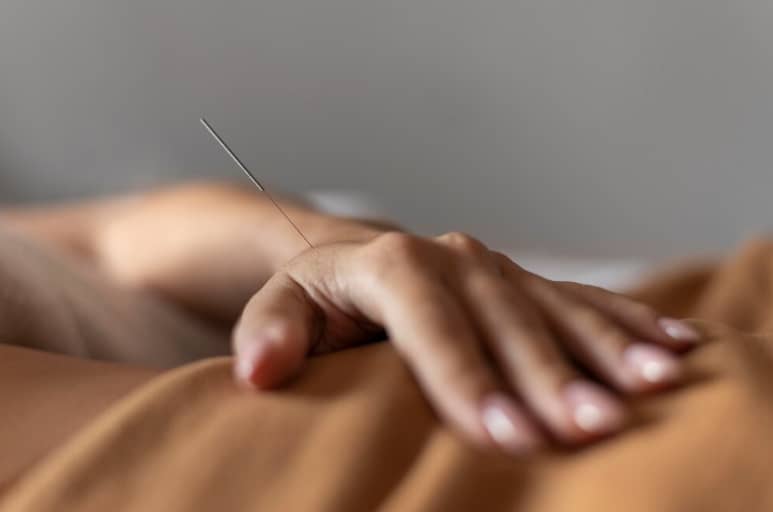
Acupuncture involves targeting specific points on the body to promote healing, but did you know there are Five Forbidden Acupuncture Points that are traditionally avoided? These points hold special significance in acupuncture practice, particularly in sensitive conditions like pregnancy, where stimulating them may have unintended effects. In this blog, we’ll explore the Five Forbidden Acupuncture Points, their impact on the body, and why practitioners approach them with caution. Additionally, we’ll delve into powerful acupuncture points and ghost points, uncovering their unique roles in holistic healing and traditional Chinese medicine.
What are the five forbidden acupuncture points?
The five forbidden points in acupuncture are generally avoided during pregnancy because they can stimulate labor or affect the fetus.
In traditional acupuncture practice, there are specific points known as the “forbidden five,” which are usually avoided, especially during pregnancy, because they are believed to potentially induce labor or cause other effects on the fetus. These points include Gallbladder 21 (GB21), Large Intestine 4 (LI4), Spleen 6 (SP6), Bladder 60 (BL60), and Bladder 67 (BL67). These points are considered powerful enough to affect body functions significantly and therefore are treated with caution, particularly in sensitive conditions such as pregnancy.
What is the most powerful acupuncture point?
LI4, located on the hand, is often considered the most powerful acupuncture point for pain relief and general healing.
The acupuncture point known as Large Intestine 4 (LI4) is often referred to as one of the most powerful points used in acupuncture. It is located on the hand, between the thumb and index finger. This point is highly valued for its effectiveness in reducing pain, relieving headaches, and reducing stress-related conditions. It’s a versatile point that is used to promote the body’s natural healing response and is commonly included in treatments to enhance overall health and well-being.
What acupuncture point is worry?
The acupuncture point for worry is Yintang, located between the eyebrows. It’s known for its calming effects.
Yintang, often referred to as the “third eye” point and located between the eyebrows, is commonly targeted in acupuncture to alleviate worry and reduce stress. This point is highly effective in calming the mind, easing anxiety, and helping to manage stress levels. By stimulating Yintang, acupuncturists aim to bring about a sense of deep relaxation and mental clarity, making it easier for individuals to cope with daily stresses and mental burdens.

What are the ghost points in acupuncture?
Ghost points in acupuncture are thirteen points used traditionally to treat mental and emotional disorders.
In traditional Chinese medicine, ghost points refer to a set of thirteen acupuncture points that are specifically used to treat psychological and psychiatric conditions, such as anxiety, depression, schizophrenia, and other mental disturbances. These points are believed to help clear disturbances from the spirit or mind, which the ancient Chinese referred to as “ghosts.” The treatment involving these points is used to rebalance emotional health and improve mental clarity by addressing the root spiritual or emotional disturbances believed to affect the body.
Conclusion
The five forbidden acupuncture points, powerful points, and ghost points each play unique roles in traditional Chinese medicine. Understanding these points enhances our appreciation of acupuncture’s depth and the careful consideration practitioners must apply in their healing practices.

